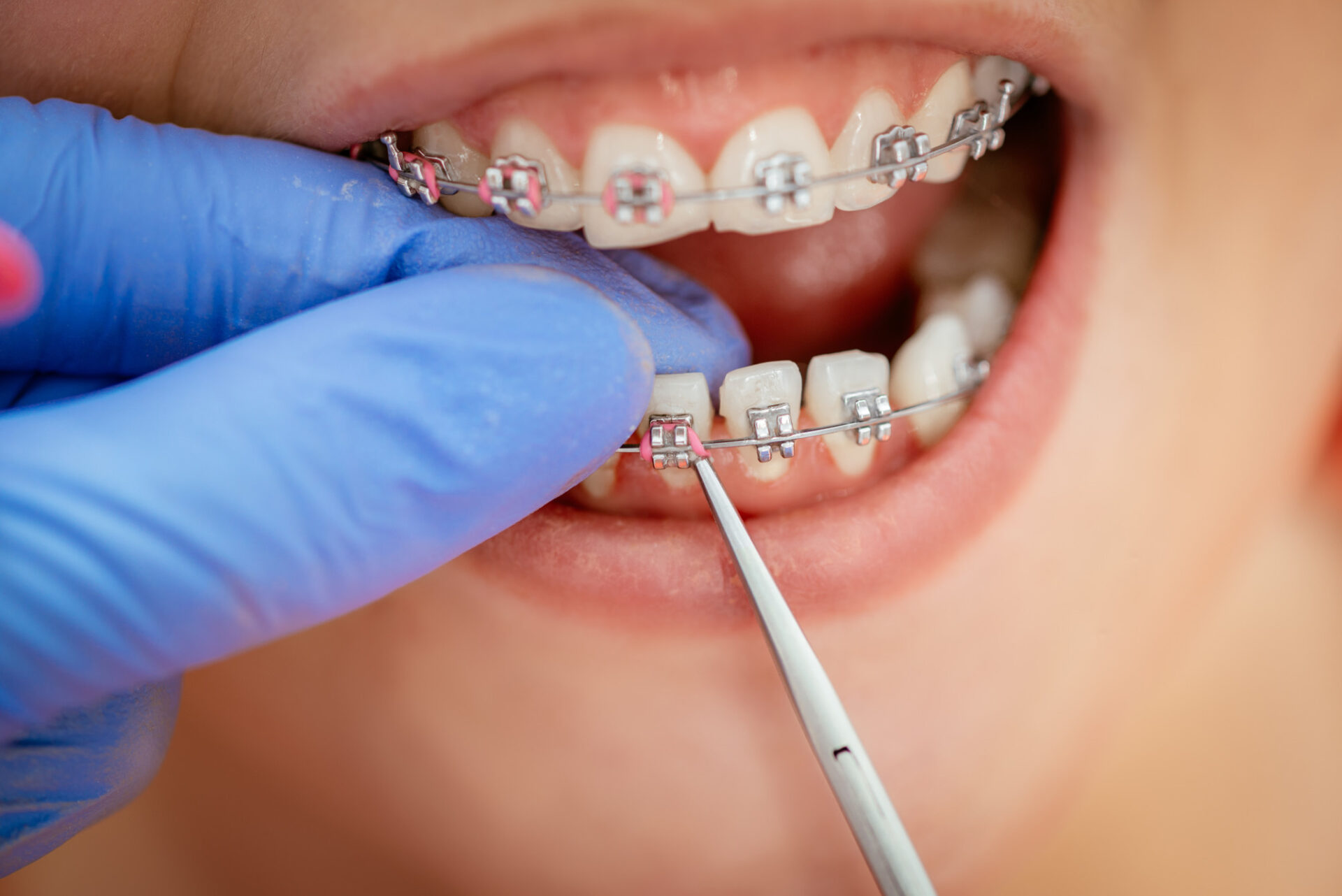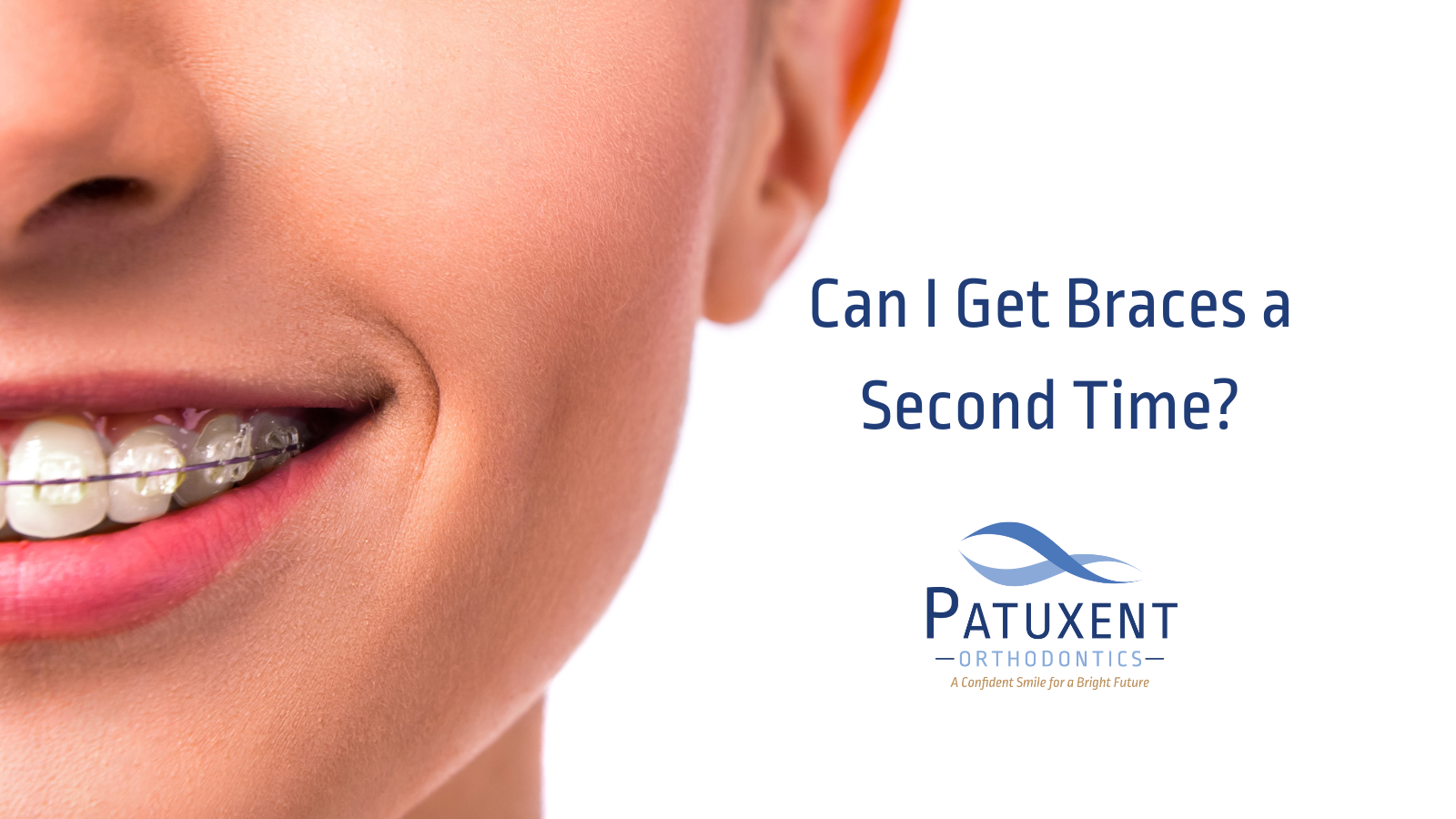Comprehensive Overview to Orthodontics Treatments for Remedying Dental Misalignments
Recognizing the complexities of each procedure, including their devices, benefits, and possible drawbacks, is critical in making informed decisions concerning one's orthodontic treatment. As we navigate via the detailed guide to orthodontic procedures for remedying dental imbalances, the elaborate details of each technique will certainly unfold, losing light on the path toward a unified and useful dental placement.
Orthodontic Procedures Introduction

Regular adjustments and tracking are important parts of orthodontic therapy to make sure progress is on track and to make any type of essential modifications along the way. By undergoing orthodontic procedures, people can not just attain a straighter grin however likewise improve their overall dental health and function.
Typical Braces: Exactly How They Function
When taking into consideration orthodontic treatments for oral misalignments, typical braces stand out as a time-tested technique for remedying teeth positioning. Conventional braces are composed of braces, cords, and bands that function with each other to apply constant pressure on the teeth, slowly relocating them into the preferred positioning.
As stress is applied to the teeth via the braces, the bone bordering the teeth is improved to support the new tooth positions. Patients will certainly need routine changes at the orthodontist's workplace to guarantee the dental braces continue to use the proper pressure for effective teeth movement.
Invisible Aligners: Pros and Disadvantages
Invisible aligners offer a very discreet and practical option to conventional dental braces for dealing with dental misalignments. These clear, tailor-made trays are virtually unseen when used, making them an appealing option for people seeking an extra aesthetically pleasing orthodontic treatment. One of the primary advantages of unnoticeable aligners is their removability, enabling less complicated maintenance of oral health compared to conventional dental braces. People can eliminate the aligners prior to eating or cleaning their teeth, decreasing the danger of food getting embeded the home appliance and simplifying the cleaning process.

Surgical Orthodontic Options
Surgical interventions in orthodontics present viable options for addressing complicated dental imbalances that may not be properly resolved via traditional orthodontic treatments. While conventional dental braces and unseen aligners can fix lots of orthodontic concerns, particular situations call for surgical intervention to accomplish optimum results. Surgical orthodontic alternatives are commonly advised for extreme malocclusions, considerable jaw discrepancies, and situations where the underlying bone structure requires alteration to achieve appropriate positioning.
One common medical orthodontic procedure is orthognathic surgical treatment, which involves rearranging the jaws to fix useful problems such as problem speaking or eating. This surgery is frequently executed in partnership with an orthodontist who aids align the teeth before and after the procedure. Surgical orthodontics might also involve treatments to expose impacted teeth, eliminate excess periodontal tissue, or reshape the jawbone to create a more unified facial profile.
Before taking into consideration surgical orthodontic options, clients undertake an extensive analysis to figure out the need and potential benefits of such interventions. cumming orthodontist. While surgical procedure may seem difficult, it can dramatically boost both the feature and visual appeals of the smile in situations where conventional orthodontic therapies drop short
Retainers and Post-Treatment Care

Failing to abide with post-treatment care guidelines can result in regression, where the teeth progressively move back in the direction of their original settings. Regular retainer wear, good dental health, and routine dental exams are important for keeping the outcomes attained through orthodontic surgical treatment and guaranteeing the lasting stability of the corrected oral alignment.
Conclusion
In conclusion, orthodontic procedures provide different options for fixing dental misalignments. Surgical orthodontic alternatives are offered for much more serious misalignments. On the whole, orthodontic procedures can successfully enhance dental wellness and aesthetic look.
As we browse via the comprehensive overview to orthodontic treatments for dealing with dental imbalances, the intricate details of each method will unfold, losing light on the course towards a unified and functional dental placement. - invisalign
One of the most common orthodontic therapies is the use of dental braces, which are composed of metal brackets and wires that apply mild pressure to slowly move teeth into the desired placement.When thinking about orthodontic therapies for oral imbalances, traditional braces stand out as a tried and true technique for fixing teeth placing. Additionally, unnoticeable aligners may not be suitable for intricate orthodontic problems that require more substantial teeth activity, as they are usually suggested for mild to her comment is here moderate instances. Retainers are custom-made orthodontic tools designed to hold teeth in their remedied settings after the conclusion of orthodontic therapy.